Home>Maintenance & Safety>Child & Elderly Safety at Home>When Do You Switch From High Chair To Booster Seat?


Child & Elderly Safety at Home
When Do You Switch From High Chair To Booster Seat?
Modified: March 2, 2024
Learn when to transition from a high chair to a booster seat for your child's safety at home. Expert tips on child and elderly safety at home.
(Many of the links in this article redirect to a specific reviewed product. Your purchase of these products through affiliate links helps to generate commission for Storables.com, at no extra cost. Learn more)
Introduction
Transitioning your child from a high chair to a booster seat is a significant milestone in their development. It marks their growing independence and readiness to join the family at the dining table. As a parent or caregiver, understanding the right time to make this switch is crucial for ensuring your child's safety and comfort during meal times.
This article will guide you through the process of determining when your child is ready for a booster seat, the benefits of using a booster seat, and essential tips for a smooth transition. Additionally, we will explore safety considerations to keep in mind when using a booster seat to safeguard your child during meal times.
As you navigate this important phase of your child's growth, it's essential to be well-informed and prepared. By the end of this article, you will have a comprehensive understanding of the factors to consider when transitioning your child from a high chair to a booster seat, empowering you to make informed decisions that prioritize your child's safety and well-being.
Key Takeaways:
- It’s time for a booster seat when your child can sit up on their own, use utensils, and follow simple instructions. This helps keep them safe and included at the family table.
- Transitioning to a booster seat promotes good posture, independence, and family togetherness. Make the switch gradually, involve your child, and prioritize safety for a smooth and enjoyable dining experience.
Signs Your Child is Ready for a Booster Seat
Transitioning your child from a high chair to a booster seat should be based on their physical and developmental readiness. Recognizing the signs that indicate your child is ready for a booster seat is essential for ensuring their safety and comfort during meal times.
Physical Development
One of the primary indicators that your child is ready for a booster seat is their physical development. Typically, children are ready to transition to a booster seat when they can sit up unassisted and have outgrown their high chair. This usually occurs around the age of 18 months to 3 years, depending on the child's individual growth rate.
Height and Weight
Another crucial factor to consider is your child's height and weight. Most booster seat manufacturers provide specific height and weight guidelines for their products. Generally, a child is ready for a booster seat when they have reached the height and weight requirements specified by the booster seat manufacturer. This ensures that the seatbelt fits properly and securely across your child's body, providing optimal protection in the event of sudden stops or collisions.
Behavior at the Table
Observing your child's behavior during meal times can also offer insights into their readiness for a booster seat. If your child demonstrates an interest in sitting at the table with the rest of the family, shows improved posture, and can remain seated for the duration of a meal without fidgeting or attempting to climb out of their high chair, they may be ready for a booster seat.
Motor Skills
The development of your child's motor skills is another important consideration. When they can use utensils and drink from a cup without significant assistance, it indicates a level of coordination and control that aligns with the use of a booster seat.
Verbal Communication
Lastly, your child's ability to understand and follow simple instructions, such as staying seated during meal times and using utensils appropriately, is an indication of their readiness for a booster seat. Effective communication and comprehension contribute to a safer and more enjoyable dining experience when transitioning to a booster seat.
By recognizing these signs of readiness, you can ensure a smooth and successful transition from a high chair to a booster seat, setting the stage for enjoyable family meals while prioritizing your child's safety and comfort.
Benefits of Using a Booster Seat
Transitioning your child from a high chair to a booster seat offers numerous benefits that contribute to their safety, comfort, and overall dining experience. Understanding these advantages can help you make an informed decision and appreciate the significance of using a booster seat for your child.
1. Enhanced Safety
Booster seats are designed to elevate your child to the appropriate height, allowing the seatbelt in the vehicle to fit them securely. This ensures that the seatbelt rests across their shoulder and hips, rather than the neck and abdomen, reducing the risk of injury in the event of sudden stops or collisions. By providing proper positioning and restraint, booster seats significantly enhance your child's safety during car rides.
2. Improved Posture and Comfort
Sitting in a booster seat at the dining table promotes better posture for your child. It encourages them to sit upright and engage in proper table manners, fostering good habits from an early age. Additionally, booster seats are often equipped with comfortable padding and ergonomic designs, enhancing your child's comfort during meals and minimizing fidgeting or restlessness.
3. Inclusion in Family Meals
Transitioning to a booster seat allows your child to join the rest of the family at the dining table, promoting a sense of inclusion and togetherness during meal times. This not only nurtures social skills and family bonding but also provides valuable opportunities for your child to observe and learn from adult dining behaviors and conversations.
4. Independence and Confidence
Using a booster seat signifies a step towards independence for your child. It empowers them to participate in meal times with increased autonomy, from choosing their utensils to engaging in conversations with family members. This sense of independence fosters confidence and self-reliance, contributing to your child's overall development and self-esteem.
5. Seamless Transition to Adult Seating
By gradually transitioning from a high chair to a booster seat, your child becomes familiar with the dynamics of sitting at the dining table. This paves the way for a smoother transition to adult seating as they grow older, as they are already accustomed to the dining environment and expectations.
Read more: When Do Babies Need A High Chair
6. Versatility and Portability
Many booster seats are designed to be portable, making them convenient for use both at home and when dining out or traveling. Their lightweight and compact nature allow for easy transport, ensuring that your child can maintain a consistent and safe seating arrangement regardless of the dining setting.
By embracing these benefits, you can confidently make the transition from a high chair to a booster seat, providing your child with a safe, comfortable, and inclusive dining experience that supports their development and well-being.
Tips for Transitioning from High Chair to Booster Seat
Transitioning your child from a high chair to a booster seat is a significant milestone that requires thoughtful consideration and preparation. To ensure a smooth and successful transition, consider the following tips:
1. Familiarization and Exploration
Introduce the booster seat to your child before the actual transition. Allow them to explore and become familiar with the new seating arrangement. Encourage them to sit in the booster seat during playtime or while engaging in activities at the dining table. This familiarity can ease the transition and make the booster seat feel like a natural progression.
2. Gradual Transition
Gradually integrate the booster seat into your child's mealtime routine. Start by using the booster seat for shorter durations during snacks or specific meals. As your child becomes more accustomed to the booster seat, gradually increase its use until it becomes their primary seating option during meal times.
3. Positive Reinforcement
Offer positive reinforcement and praise when your child uses the booster seat. Acknowledge their cooperation and good behavior, emphasizing the benefits of sitting in the booster seat, such as being able to join the family at the table and feeling more grown-up. Positive reinforcement can create a positive association with the booster seat, making the transition more enjoyable for your child.
4. Involvement in the Process
Involve your child in the transition process by allowing them to choose a booster seat that appeals to them. Consider options with fun colors or designs to pique their interest and make the booster seat feel personalized. Additionally, engage them in setting up the booster seat at the table, fostering a sense of ownership and participation in the transition.
5. Consistent Expectations
Establish consistent expectations regarding behavior and mealtime etiquette when using the booster seat. Emphasize the importance of staying seated during meals, using utensils appropriately, and engaging in polite conversation. Consistency in expectations helps your child understand the purpose of the booster seat and encourages positive dining habits.
6. Role Modeling
Lead by example by demonstrating proper dining behavior and posture at the table. Your child learns by observing, and seeing adults and older siblings exhibit good manners and posture can positively influence their own behavior. Encourage inclusive and engaging conversations during meal times to create a welcoming dining environment.
Read more: When Do Babies Sit In A High Chair?
7. Patience and Flexibility
Be patient and flexible during the transition period. Understand that it may take time for your child to fully adjust to the booster seat. Offer gentle reminders and encouragement, and be understanding if they initially express reluctance. Patience and flexibility can help ease any apprehension and make the transition a more positive experience for your child.
By implementing these tips, you can facilitate a seamless and positive transition from a high chair to a booster seat, nurturing your child's independence and creating an enjoyable dining environment for the entire family.
Safety Considerations for Using a Booster Seat
Ensuring the safety of your child is paramount when transitioning them from a high chair to a booster seat. By considering the following safety considerations, you can create a secure dining environment and minimize potential risks associated with the use of a booster seat.
1. Proper Installation and Fit
When using a booster seat, it is crucial to ensure that it is securely installed and fits appropriately on the dining chair. Follow the manufacturer's guidelines for installation, which may involve securing the booster seat to the chair with straps or ensuring a snug fit without wobbling or instability. Additionally, confirm that the dining chair itself is sturdy and stable to support the booster seat and your child's weight.
2. Harness or Seatbelt Adjustment
If the booster seat is equipped with a harness or seatbelt, it is essential to adjust it to fit your child snugly. The harness or seatbelt should rest comfortably across their shoulders and hips, with minimal slack. This ensures that your child is properly restrained and protected in the event of sudden movements or impacts.
Read more: When Are Kids Ready For A Booster Seat
3. Supervision and Monitoring
While booster seats provide elevation and support for your child, it is important to supervise them closely during meal times. Ensure that they remain seated and do not engage in any unsafe behaviors, such as leaning or standing in the booster seat. Continuous monitoring allows you to address any potential safety concerns promptly.
4. Avoiding Elevated Surfaces
It is crucial to use the booster seat only on stable, ground-level dining chairs. Avoid placing the booster seat on elevated surfaces, such as countertops or tables, as this can pose a significant risk of falls or tipping. Keeping the booster seat on a secure dining chair minimizes the risk of accidents and ensures a safe dining experience for your child.
5. Age and Weight Guidelines
Adhere to the age and weight guidelines specified by the booster seat manufacturer. These guidelines are designed to ensure that the booster seat provides optimal protection and support based on your child's developmental stage and physical attributes. Using a booster seat that aligns with your child's age and weight helps mitigate potential safety hazards.
6. Secure Dining Environment
Create a secure dining environment by removing any potential hazards or obstacles around the dining area. This includes ensuring that the dining chair and surrounding space are free from sharp objects, hot liquids, or any items that could pose a danger to your child while they are seated in the booster seat.
By prioritizing these safety considerations, you can confidently integrate a booster seat into your child's dining routine, knowing that you have taken proactive measures to safeguard their well-being and minimize potential risks. These precautions contribute to a safe and enjoyable dining experience for your child and the entire family.
Read more: What Age Do You Need A High Chair?
Conclusion
In conclusion, the transition from a high chair to a booster seat marks a significant milestone in your child's development and independence. By recognizing the signs that indicate your child is ready for a booster seat, understanding the benefits of using a booster seat, and implementing essential tips for a smooth transition, you can ensure a seamless and safe progression for your child.
The signs of readiness, including physical development, height and weight considerations, behavior at the table, motor skills, and verbal communication, provide valuable insights into your child's preparedness for a booster seat. By observing these indicators, you can make an informed decision that prioritizes your child's safety and comfort during meal times.
Understanding the benefits of using a booster seat, such as enhanced safety, improved posture and comfort, inclusion in family meals, independence and confidence, and the seamless transition to adult seating, underscores the importance of this transition. Embracing these advantages empowers you to provide a dining environment that nurtures your child's development and well-being while fostering family togetherness.
Moreover, the tips for transitioning from a high chair to a booster seat offer practical guidance for a successful and positive experience. By familiarizing your child with the booster seat, gradually integrating its use, offering positive reinforcement, involving them in the process, establishing consistent expectations, and demonstrating patience and flexibility, you can facilitate a smooth and enjoyable transition that aligns with your child's developmental needs.
Finally, the safety considerations for using a booster seat underscore the importance of creating a secure dining environment for your child. By prioritizing proper installation and fit, harness or seatbelt adjustment, supervision and monitoring, avoiding elevated surfaces, adhering to age and weight guidelines, and ensuring a secure dining environment, you can mitigate potential risks and safeguard your child's well-being during meal times.
In essence, the transition from a high chair to a booster seat is a pivotal moment that reflects your child's growth and increasing autonomy. By approaching this transition with attentiveness, understanding, and a focus on safety, you can create a nurturing and inclusive dining environment that supports your child's development and strengthens family bonds.
Frequently Asked Questions about When Do You Switch From High Chair To Booster Seat?
Was this page helpful?
At Storables.com, we guarantee accurate and reliable information. Our content, validated by Expert Board Contributors, is crafted following stringent Editorial Policies. We're committed to providing you with well-researched, expert-backed insights for all your informational needs.
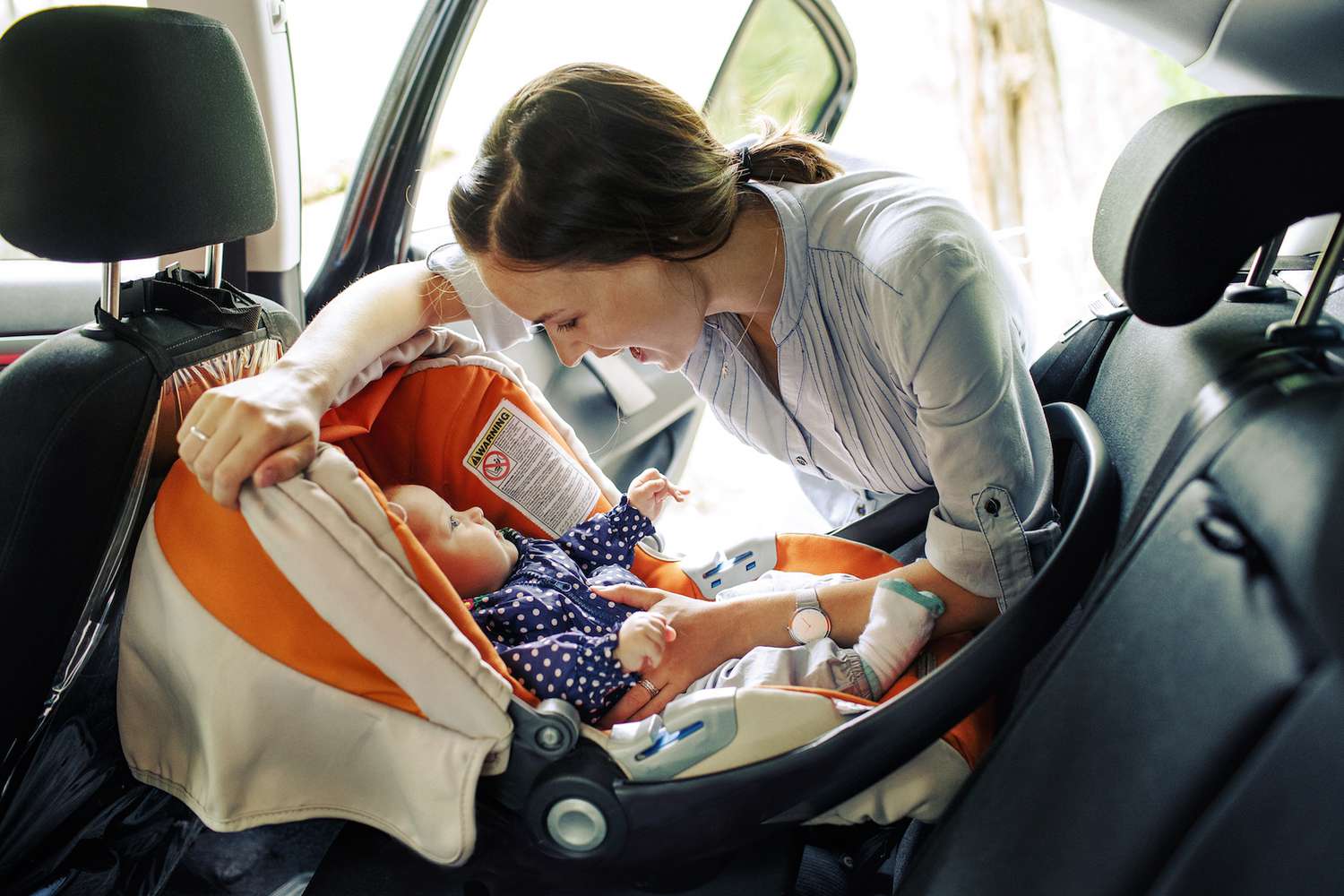
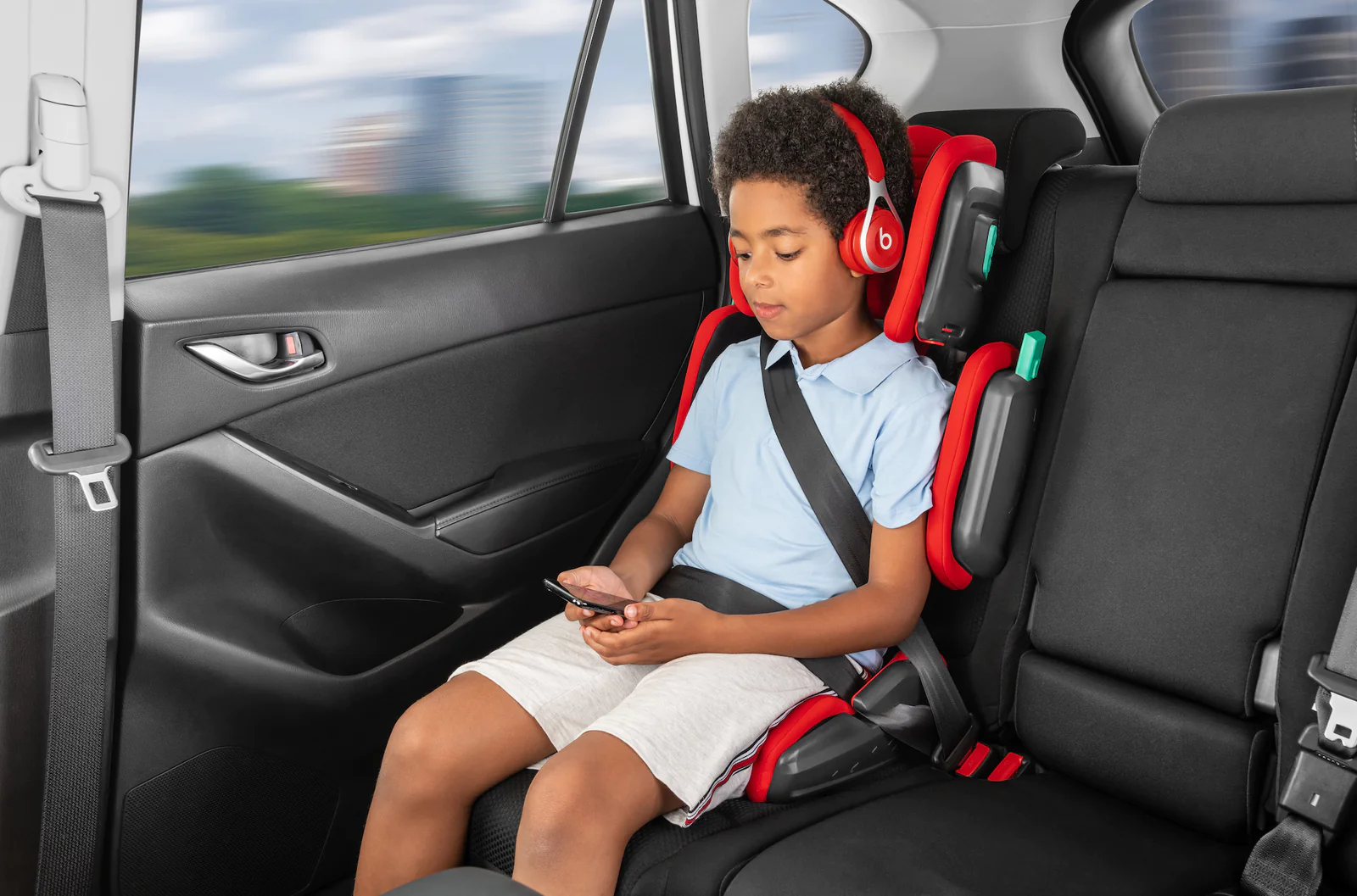

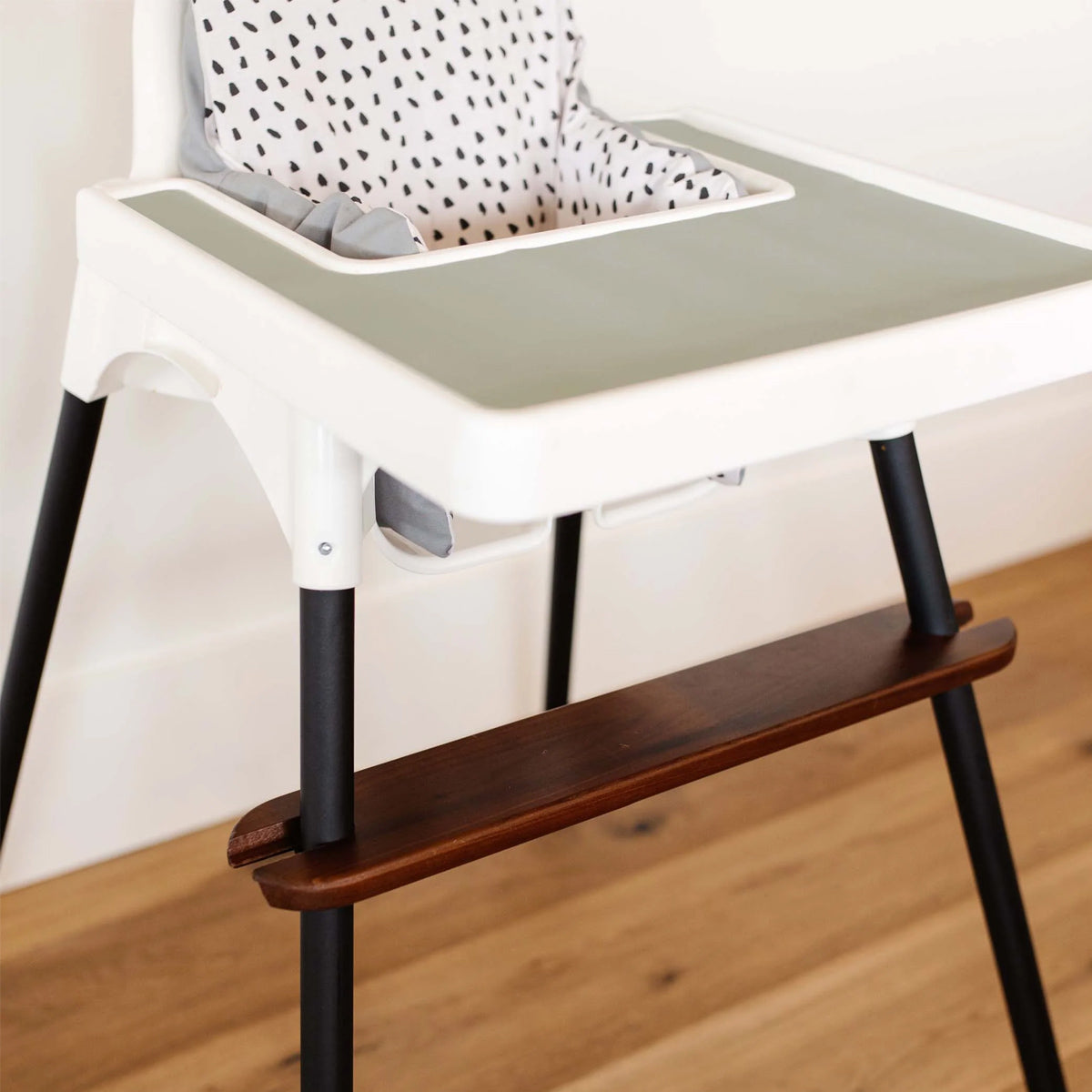
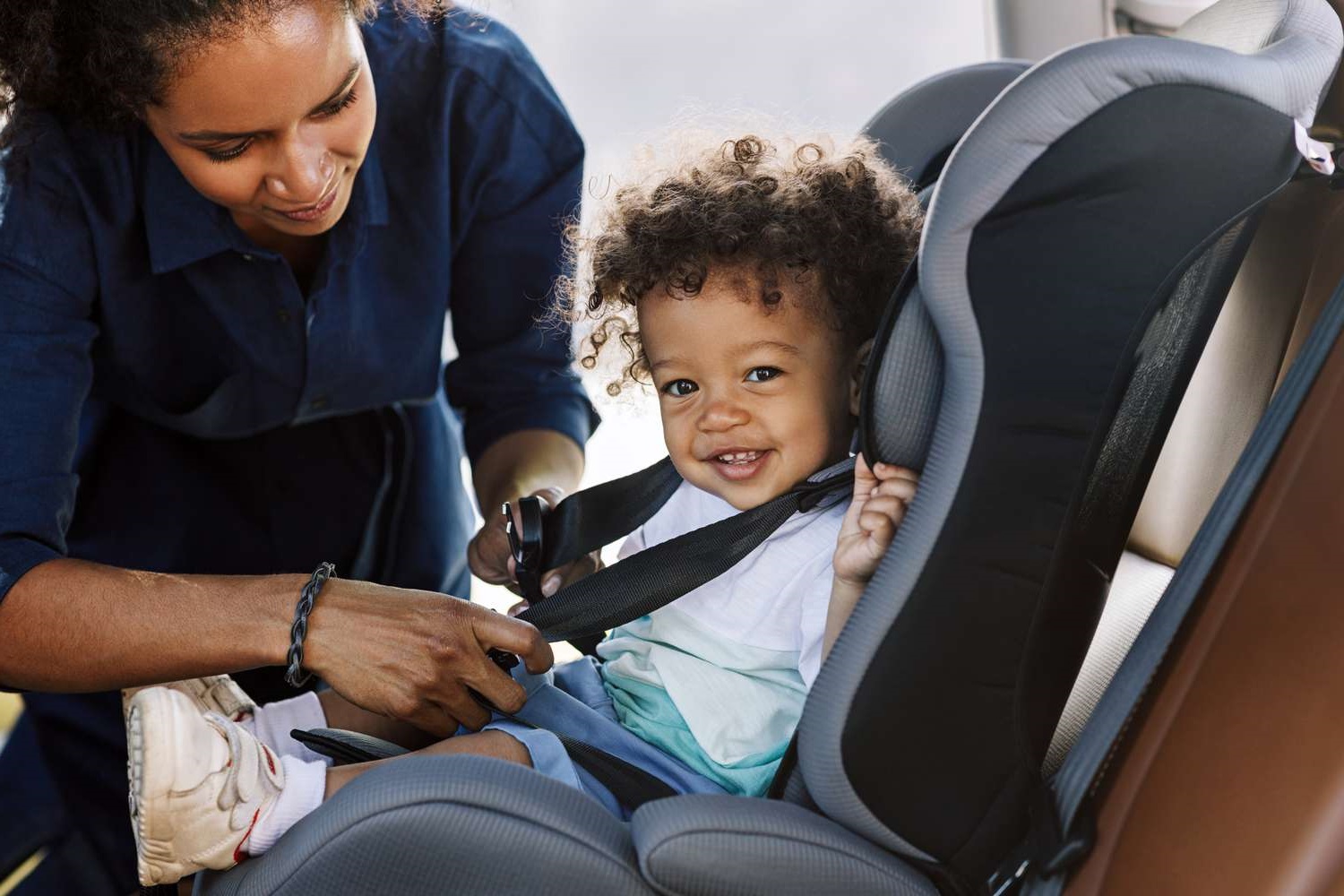
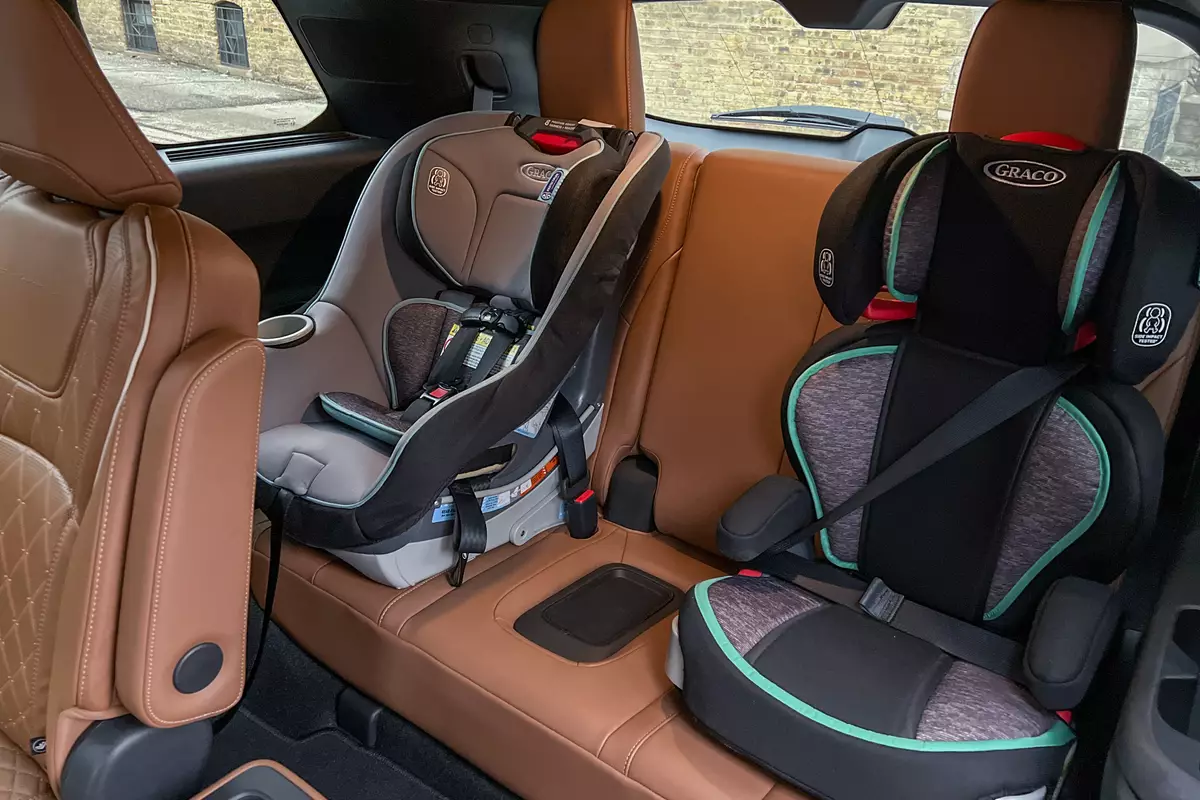
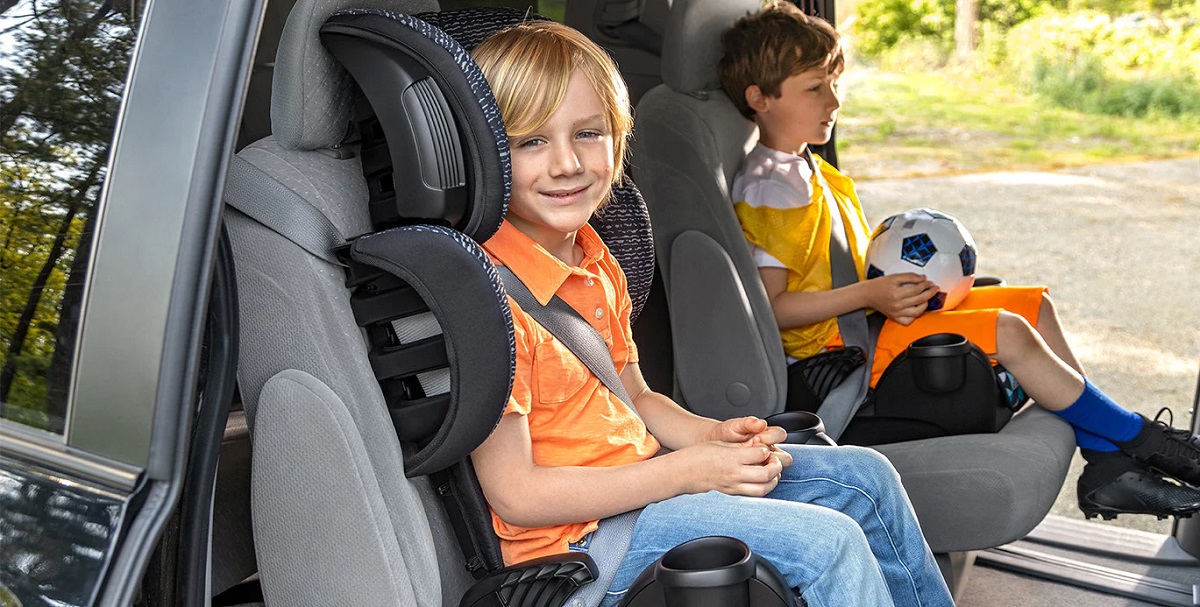
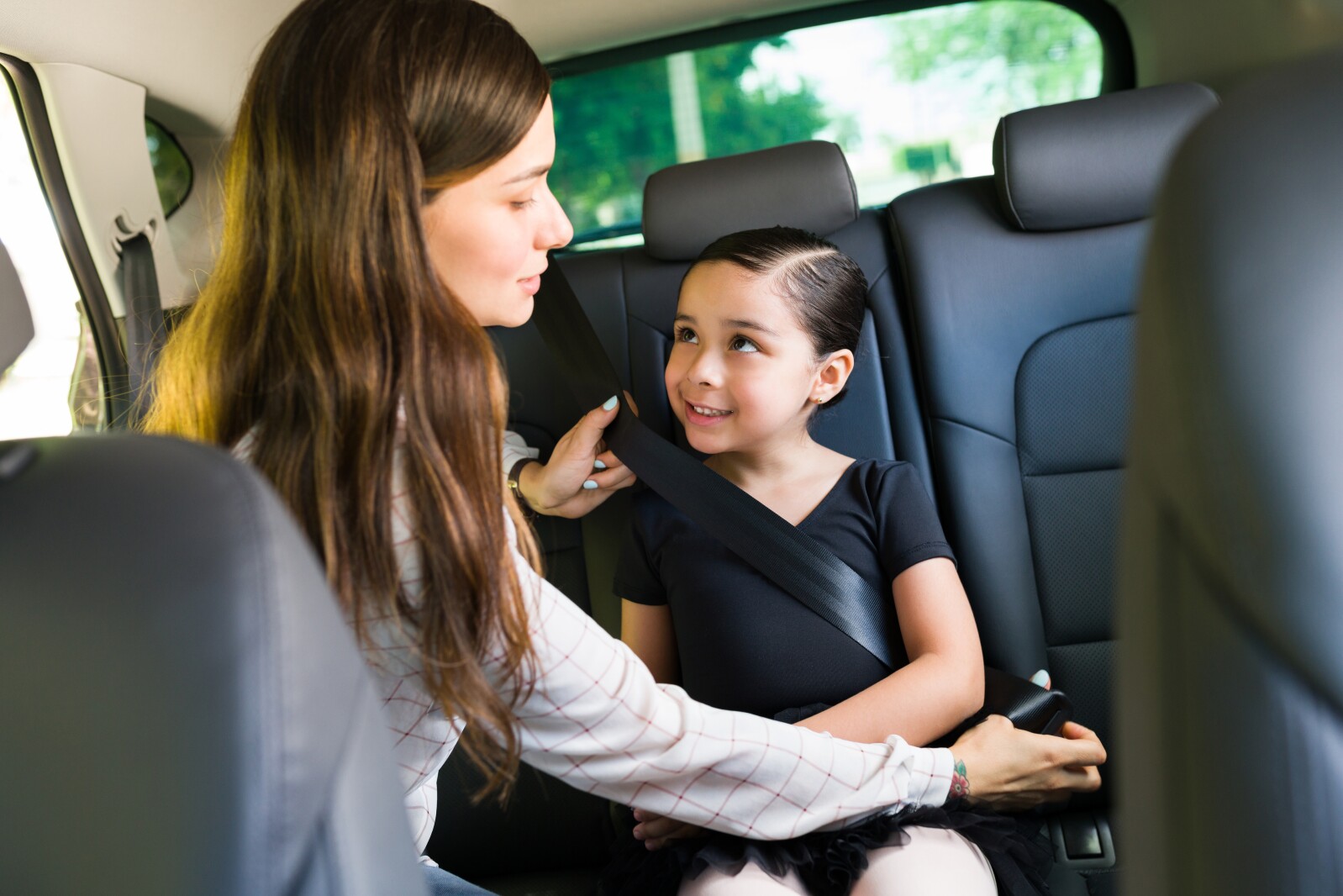

0 thoughts on “When Do You Switch From High Chair To Booster Seat?”